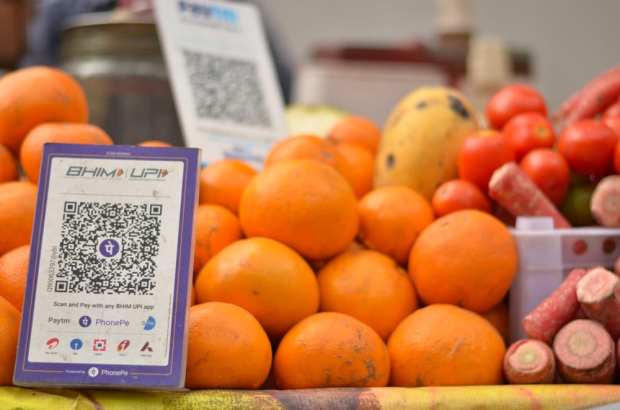India’s UPI Hits 1.34B In June Transaction Volumes

India has embraced its model for digital payments so much that it intends to take it global.
Since its debut four years ago, India’s Unified Payments Interface (UPI), the instant payment system developed by the National Payments Corp. of India (NPCI) that facilitates inter-bank transactions, has propelled the growth of online payments, the Financial Times (FT) reported.
UPI was established by the central bank and is owned by a group of local lenders. Transaction volume of the platform soared to a record 1.34 billion in June as COVID-19 changed behaviors and Indians avoided cash.
Earlier this year, UPI launched a pilot program in Singapore and held talks with the Bank for International Settlements, the World Bank and the Bill & Melinda Gates Foundation to explore possible collaborations, Dilip Asbe, CEO of NPCI told FT.
Asbe also said the initiative, directed at Indians who live in the Southeast Asian country, faces travel restrictions.
“It’s going to be a long-drawn process,” he said.
Neil Shah, an analyst at Counterpoint Research, the Hong Kong-based industry researcher, agreed. He told the newspaper that it will be a challenge to convince other countries to accept UPI because governments prefer regulatory control.
“There’s a huge opportunity,” Shah said. “The challenge is obviously the trust part.”
UPI allows customers to make inexpensive, real-time transfers across bank accounts and to pay for everything from groceries to online services.
Its proponents insist UPI has revolutionized financial inclusion in the county of 1.4 billion, bringing bank accounts to hundreds of millions of residents for the first time.
UPI has attracted investments from Google, Walmart-owned eCommerce startup Flipkart and others.
Asbe told the FT that UPI’s strength was its appeal across India’s fragmented economy, which ranges from poorer communities to wealthy consumers.
“The top end of the market behaves like the western world, and the bottom of the pyramid has similarities with developing or undeveloped economies,” he said. “The country has diverse needs. There are people in villages needing assistance payments. People in cities with a smartphone have different needs.”
Last month, PYMNTS reported the COVID-19 pandemic has primed India to overtake card payments, according to the S&P Global Market Intelligence 2020 India Mobile Payments Market Report.
S&P’s analysis revealed that Indian mobile payment transactions grew 163 percent to $287 billion in 2019. By 2019’s fourth quarter, card and mobile payments had risen in value to roughly 20 percent of India’s gross domestic product.
